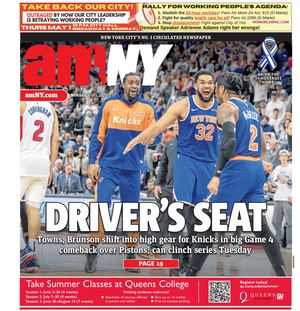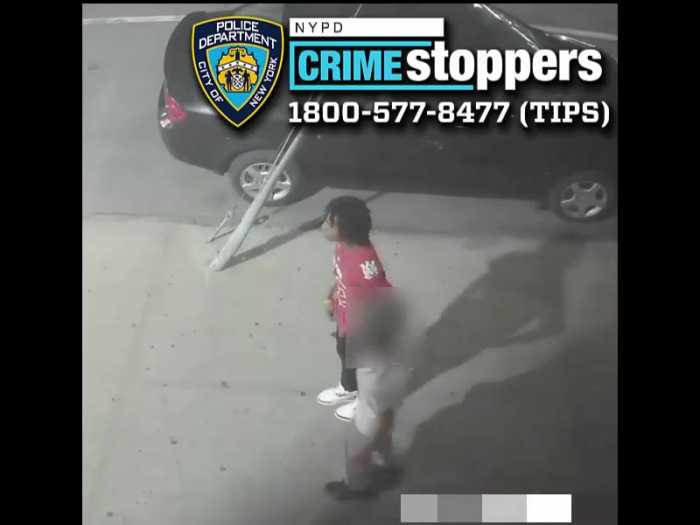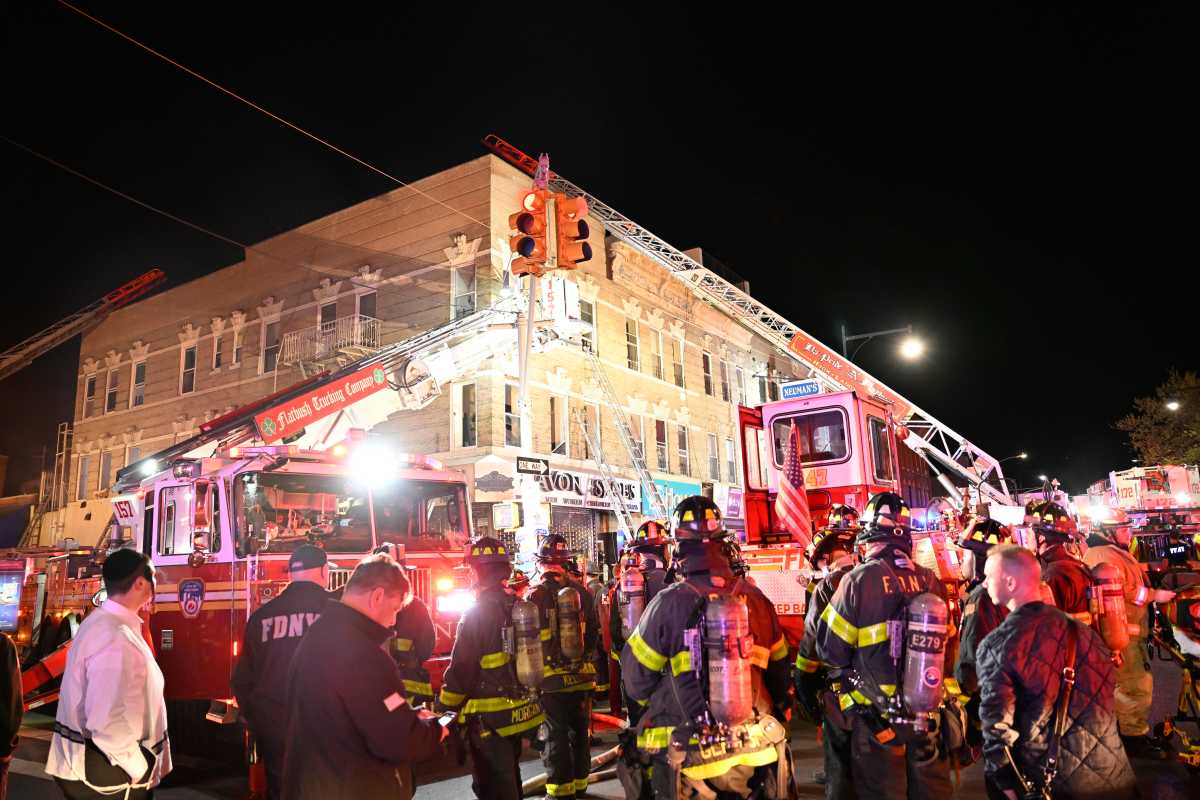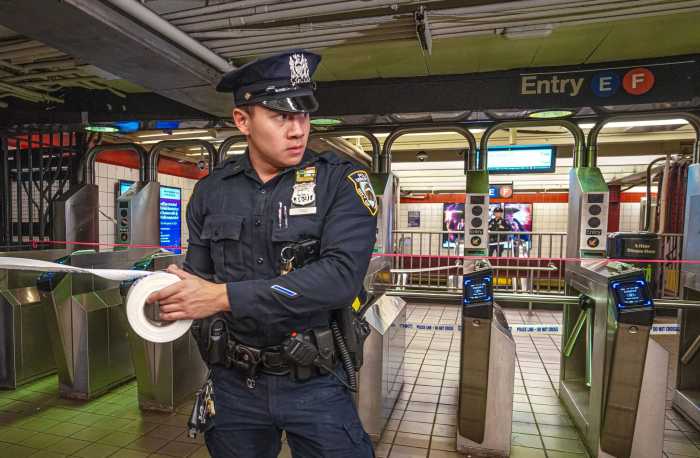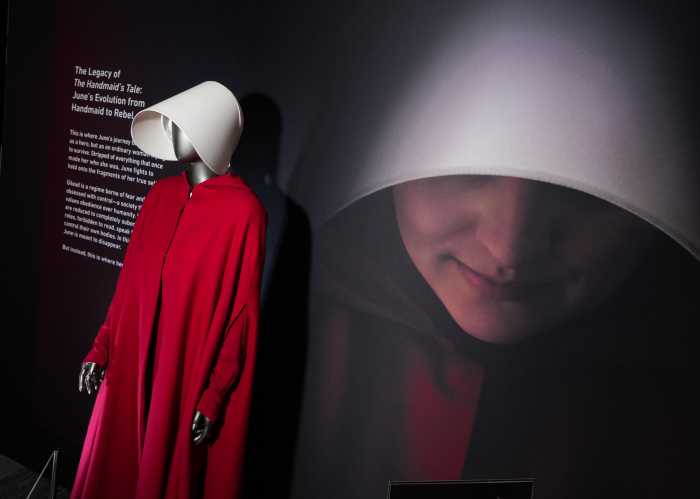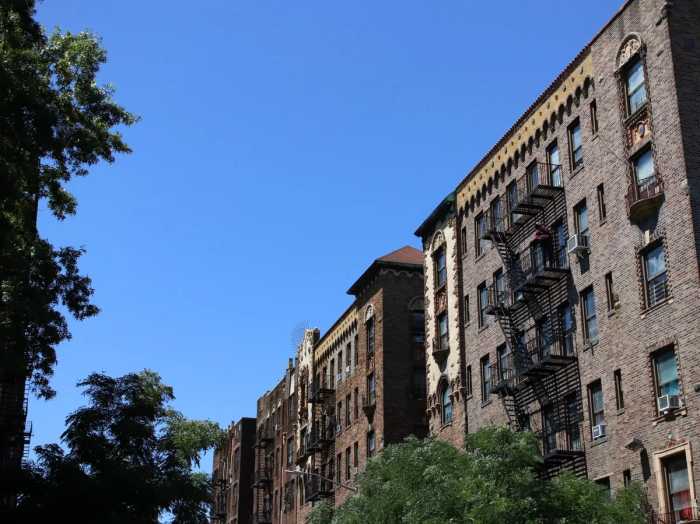This is part of our series, NYCurious, where we answer your questions about the city. Tweet or Facebook Message your queries to us at @amNewYork, with #NYCurious.
Ever wondered if you can recycle bubble wrap? Or where to recycle batteries?
New York City has a lot of rules when it comes to recycling, and it can be hard to keep up. Here’s a guide on what and how to recycle, as well as what can go in the organic waste collection.
Of course the ultimate way to recycle items is to see if someone else can use them. Donate furniture, appliances and more via nyc.gov/donate. You can even arrange to have some things picked up.
What to recycle and how to separate it
New Yorkers must separate recyclables into mixed paper or cardboard; and metal, glass, plastic or cartons. Once separated, they need to be placed in clear plastic bags or recycling bins.
Mixed paper and cardboard:
-newspapers, magazines, catalogs
-receipts
-wrapping paper
-envelopes, including window envelopes
-softcover books (no hardcover books)
-cardboard boxes, including pizza boxes (first throw away the liner)
-egg cartons
-paper bags
-paper towel rolls
-paper cups
-Do not include: food-contaminated paper, hardcover books, bubble wrap, photographs, tissues, napkins, paper towels, tissue paper or waxed and plastic-coated paper (example: candy wrappers)
Metal, glass, plastic and cartons:
-soda cans, food cans, spray paint bottles
-plastic bottles, caps and food containers
-plastic silverware
-plastic toys
-glass bottles and jars
-milk, juice, other liquid cartons
-aluminum foil
-pots and pans
-wire or plastic hangers
-plastic hampers
-keys
-metal furniture (chairs, filing cabinets)
-Do not include: batteries, plastic bags, squeeze tubes and pouches (for example, Capri Sun juice pouches), Styrofoam, pens and markers, or cables, wires and cords
What can be recycled in the organics collection program?
The following items can be put in NYC Organic Collection bins. Note: The list is different from what is accepted at food wast drop-off sites around the city, which usually do not accept meat, dairy products and yard waste.
-vegetables and fruit
-nuts
-cereal
-meat, fish and bones
-pasta and rice
-baked goods
-dairy products
-eggs and eggshells
-flour and grains
-paper towels
-brown paper bags
-coffee filters and tea bags
-paper plates
-napkins
-paper food boats and trays
-lawn and leaf waste
-yard waste
-grass clippings
-garden trimmings
-leaves
-Do not include: recyclable items, hygiene or medical items, pet waste, plastic or foam containers, plastic shopping bags or cleaning products
Do I need to rinse out containers before recycling them?
Yes, you must empty and rinse out any plastic food containers before recycling them.
Do I need to remove the caps off bottles before recycling?
No, you can leave caps and lids on, but you should rinse the bottles out before recycling them.
How to recycle batteries
Household alkaline batteries can be thrown away in the regular trash. Rechargeable batteries must be brought back to the retailers or brought to a SAFE Disposal Event. No batteries should ever go in recycling bins or bags.
What to do with small appliances
Small appliances, such as a toaster oven or hair dryer, can be recycled with plastics and metals. You must first remove all batteries.
What about larger appliances?
Before you get rid of larger appliances, including refrigerators and air conditioners, you must set up an appointment with the Department of Sanitation so that the CFC, or Freon, gas can be removed. You can do this online at nyc.gov/dsny or by calling 311. You will then be able to recycle the appliance with metals/plastics. For refrigerators and freezers, the locking device or hinges must be removed before placing it outside to be picked up.
What to do with electronics
Electronics, such as computers, televisions, cellphones, power tools, electric razors and cameras, cannot be thrown away or recycled. They should be taken back to the retailers, which are required to accept them. They can also be taken to a SAFE Disposal Event or Household Special Waste Drop-Off Site.
What to do with harmful household items
Harmful products, including pesticides, strong cleaners, paints, automotive fluids and medications, should be taken to a SAFE Disposal Events or Household Special Waste Drop-Off Site.
What to do with light bulbs
Compact fluorescent light bulbs should be returned to the retailer or taken to a SAFE Disposal Event or Household Special Waste Drop-Off Site. Other light bulbs can be thrown in the garbage. The Department of Sanitation recommends double bagging them before throwing them away.
Did you know …
… smoke detectors are considered harmful products?
Smoke detectors contain small amounts of radioactive material. They should not be thrown in the trash and should be returned to the manufacturer or taken to the Department of Sanitation “Safe Disposal Events.”
… some cosmetics companies will reward you for returning containers?
Some companies including MAC and Kiehl’s will give you free products for returning a certain number of empty containers. All empty metal, glass, or rigid plastic cosmetic containers should be recycled.
… plastic bags should be returned to retailers?
Retailers with more than 10,000 square feet or those part of a chain with more than five stores that are more than 5,000 square feet must provide bins for collected used plastic bags, under state law. Plastic bags cannot be recycled.
